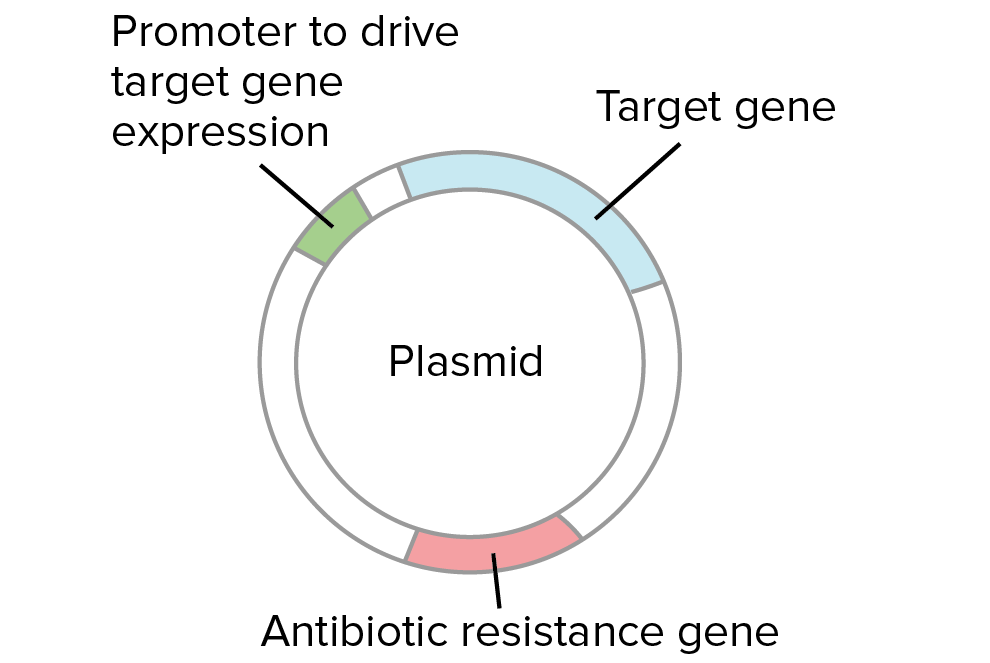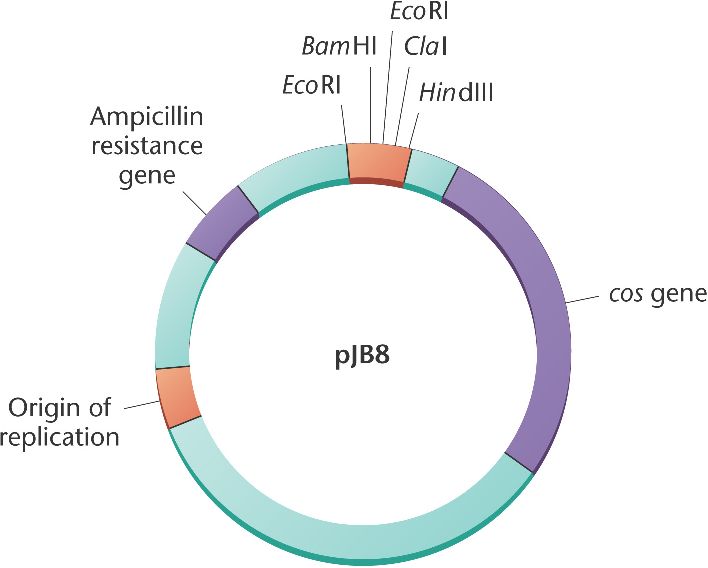


Google Patents EP2042602A1 - Cosmid vector for plant transformation and use thereof coli colonies transformed with plasmids carrying the desired foreign cloned DNA segment.EP2042602A1 - Cosmid vector for plant transformation and use thereof In this manner, the presence of lac Z gene in pUC and resistance genes against ampicillin and tetracycline in pBR322 allow selection of E.

The plasmids carrying no insert on the other hand, will be able to grow in media containing one or both the antibiotics. The insert bearing plasmid can be selected by their ability to grow in a medium containing only one of the two antibiotics and by their failure to grow in a medium containing both the antibiotics. As discussed above, in pBR322, the DNA is inserted at a site located in one of the two genes for resistance against antibiotics, so that it will inactivate one of the two resistance genes. These cloning vectors are available in pairs with reversed orders of restriction sites relative to lac Z promoter pUC 8 and pUC 9 make one such pair (Fig.

Another series of plasmids that are used as cloning vectors belong to pUC series (after the place of their initial preparation i.e. coli plasmid ColEl), which is 4,362 bp DNA and was derived by several alterations in earlier cloning vectors (Fig. One of the standard cloning vectors widely used in gene cloning experiments is pBR322 (derived from E. In such a situation, the parent vector in bacterial cells can be selected by resistance against two antibiotics and the chimeric DNA can be selected by retention of resistance against only one of the two antibiotics. If a plasmid has two such genes conferring resistance against two antibiotics and if the foreign DNA insertion site lies within one of these two genes, then the chimeric vector loses resistance against one antibiotic, the gene for which has foreign DNA inserted within its structure. Selection of chimeric DNA is also facilitated by the resistance genes which the plasmid may carry against a certain antibiotic. A foreign DNA segment can now be inserted, by joining the ends of broken circular DNA to the two ends of foreign DNA, thus regenerating a bigger circular DNA molecule that can now be separated by gel electrophoresis on the basis of its size (Fig. Ion Transport Across Biological MembranesĬircular plasmid DNA which is used as a vector, can be cleaved at one site with the help of an enzyme to give a linear DNA molecule.Continuity and Evolution of Animal Life.


 0 kommentar(er)
0 kommentar(er)
